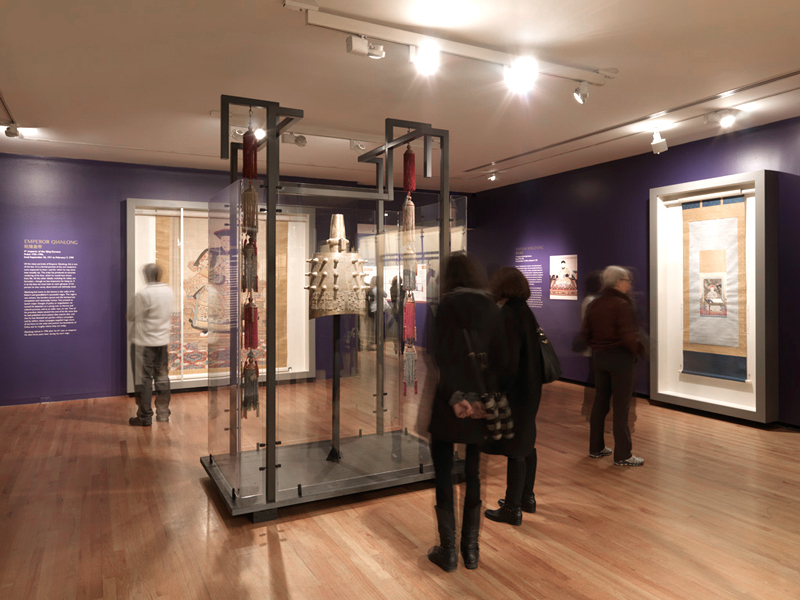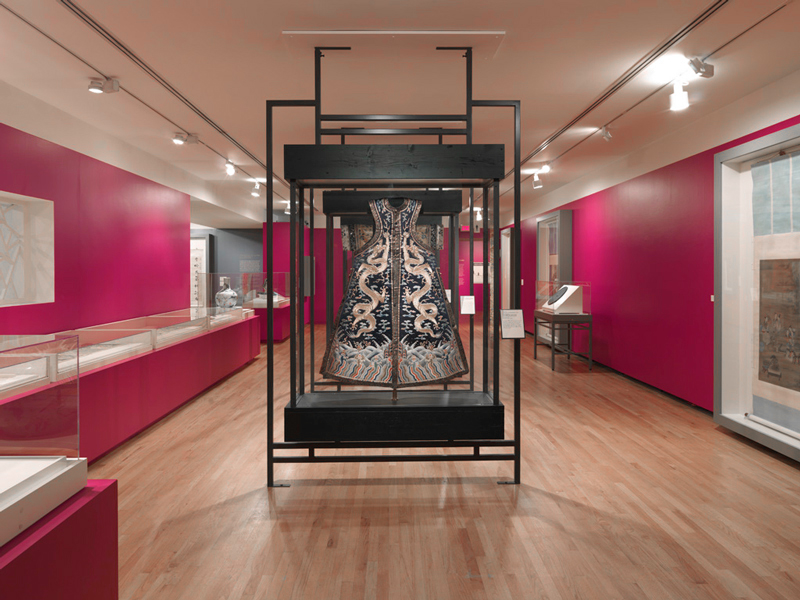





The Forbidden City:
Inside the Court of China’s Emperors
Vancouver Art GalleryExhibition Design
2014
Excerpted from Montecristo Magazine, Story by Amanda Jun (posted October 17, 2014)
For half a millennium, the Forbidden City, the largest enclosed palace complex in the world, was inaccessible to the public. What lay beyond the vermillion walls, nearly eight metres high, could only be imagined. Just over a decade after the dissolution of the Qing dynasty, Beijing’s Palace Museum was established in the Forbidden City in 1925, opening the palace doors to all and attracting both local and international tourists. Today, short of journeying 8,510 kilometres to Beijing, Vancouver is privy to a special opportunity: an exhibition of nearly 200 artifacts from Beijing’s Palace Museum offer a rare glimpse into life in China’s storied imperial palace.
“The Forbidden City: Inside the Court of China’s Emperors”, presented by the Robert H.N. Ho Family Foundation and CNOOC Limited, runs October 18, 2014 until January 11, 2015 at the Vancouver Art Gallery (VAG). The exhibition was organized by the Palace Museum in collaboration with the Royal Ontario Museum in Toronto, where it premiered this past March.
...
From the physical orientation and layout to the individual sculptures and objects within, the Forbidden City is deeply metaphorical in nature. The VAG exhibition leads visitors into this long verboten realm and on a symbolic journey from the Outer to Inner Court through nine thematic sections in the gallery. Upon entering, three great emperors of the late 17th and 18th century are introduced in portraiture: Kangxi, his son Yongzheng, and his grandson Qianlong. “These three men really defined what China became by the time it entered the 20th century: wealthy, and powerful,” coordinating curator Timothy Brook explains. “In the 18th century, this was the most powerful state in the world, and it had the largest territorial reach of any empire.”
Click here to read the entire article